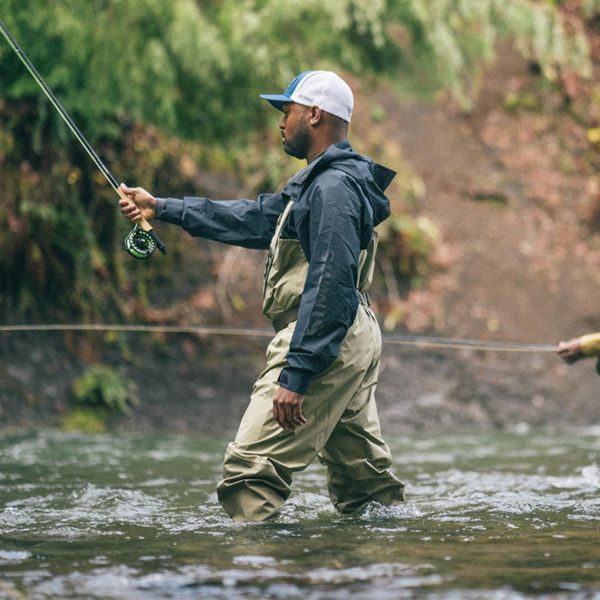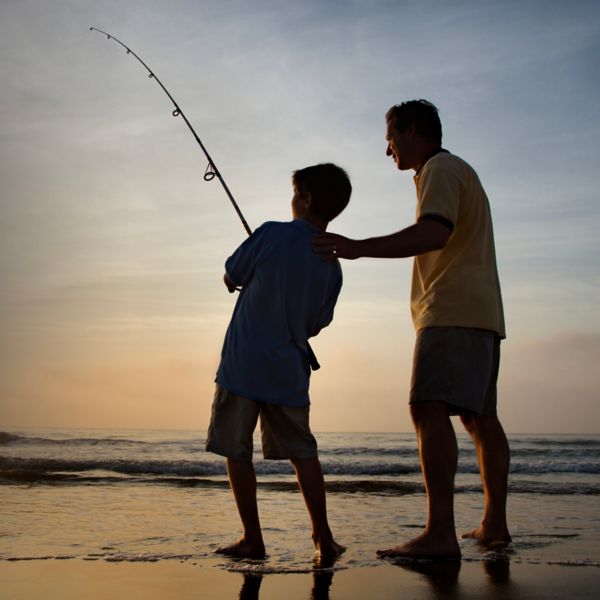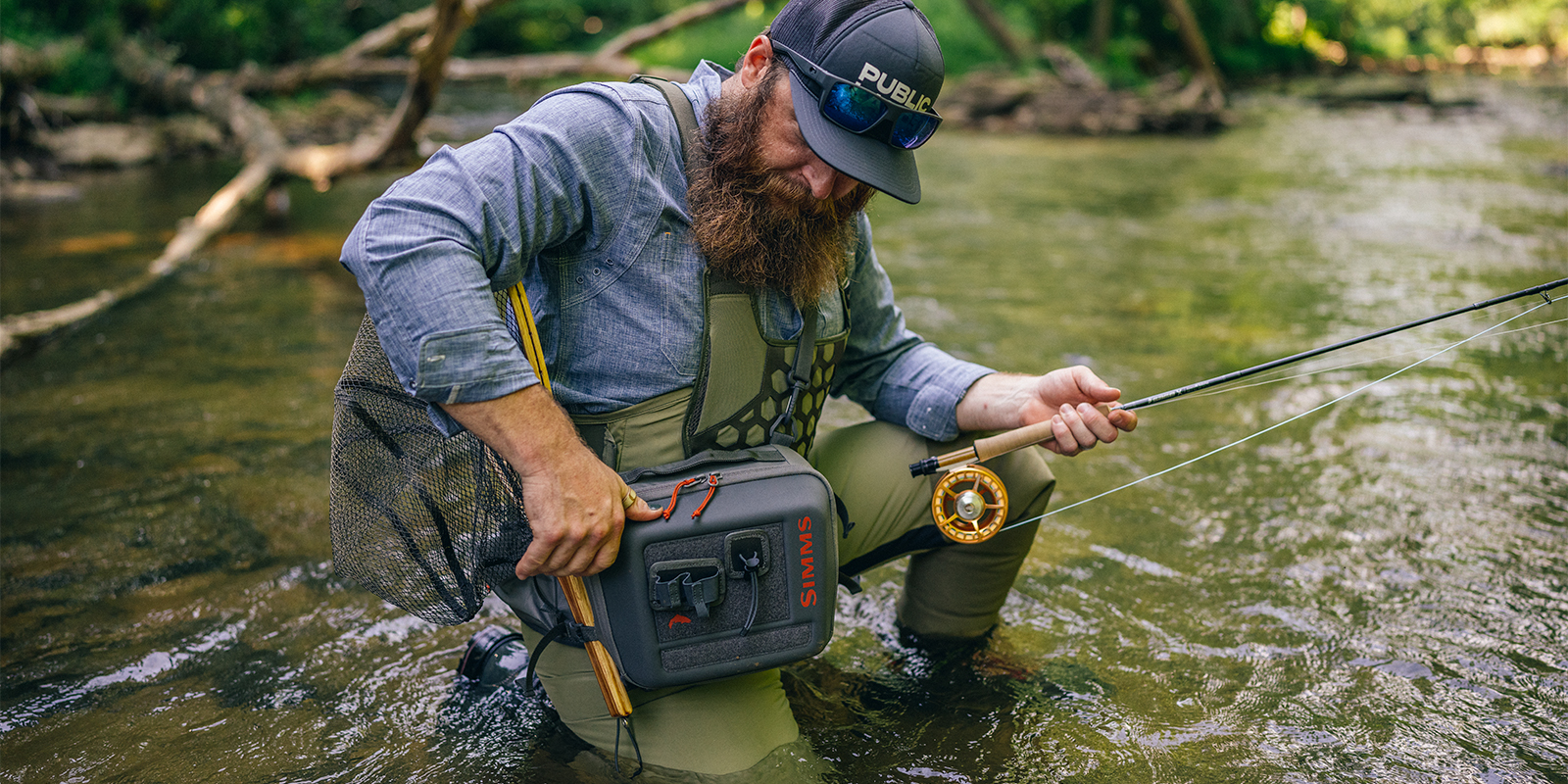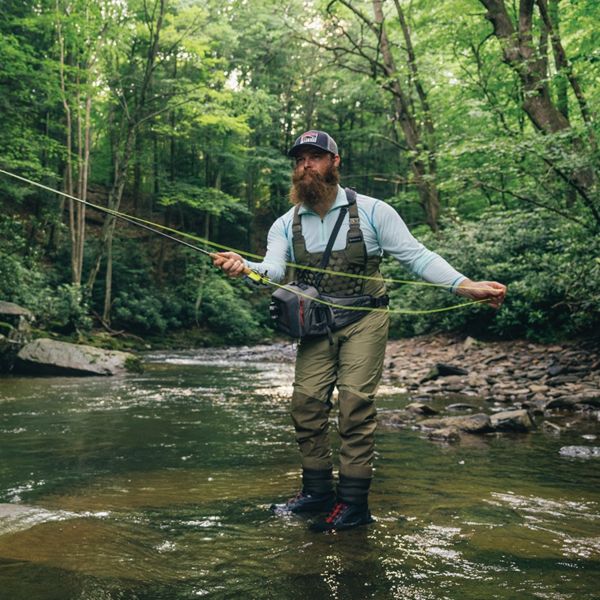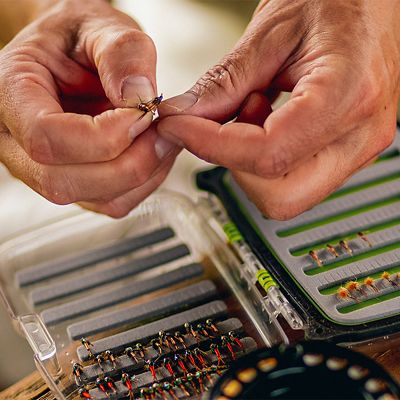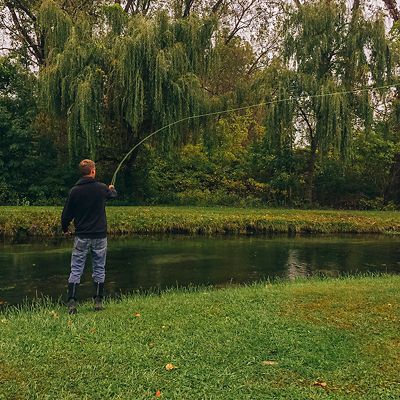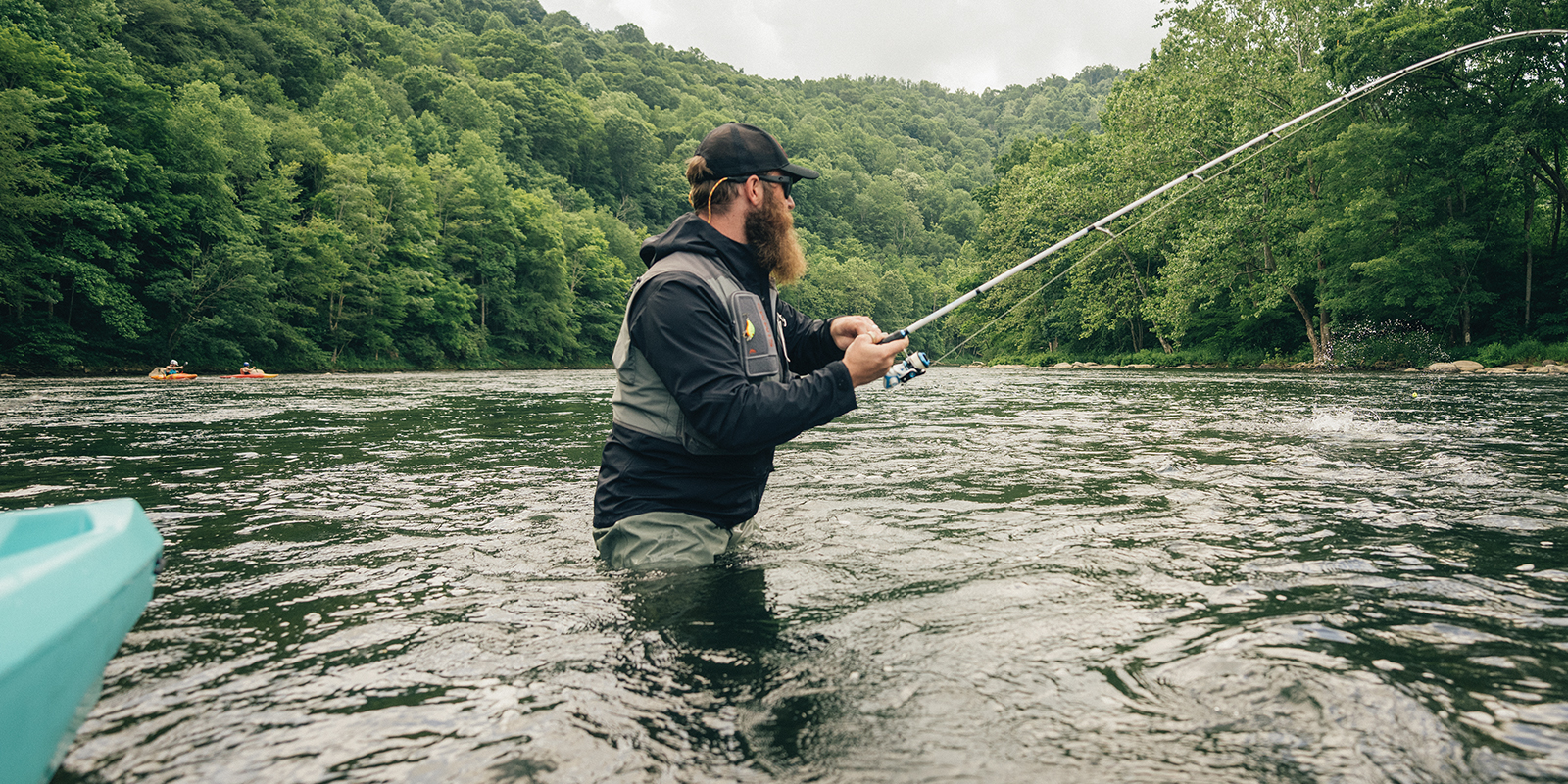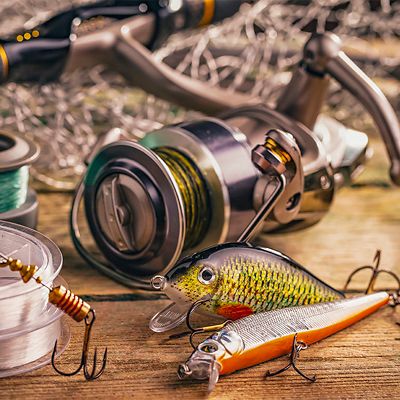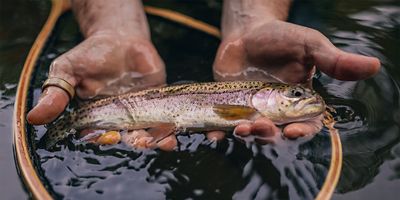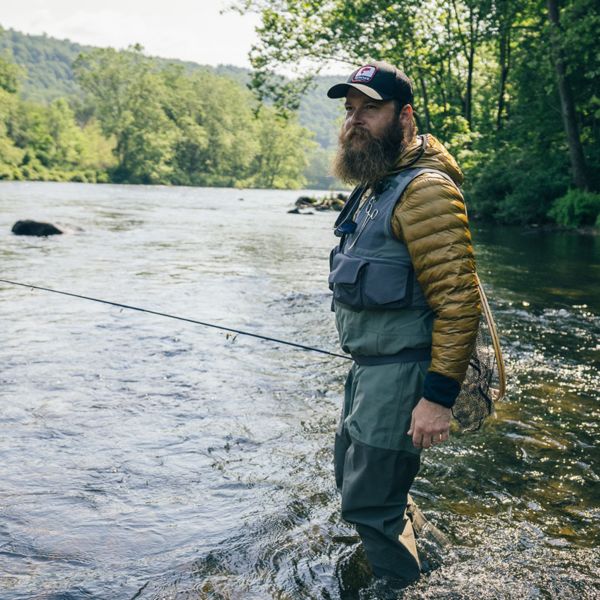
Saltwater fishing presents a conflicting range of conditions, both optimal and suboptimal. From warm and sunny to cold and wet, the environment often does its best to disconnect you from ‘the big one.’ And when it’s saltwater, the ocean only exposes you to more extremes: harsh UV from above and reflecting from below, salt spray, blistering wind. The wild card of these inclement conditions makes preparation with the proper apparel and gear the difference between a good and great day on the water.
In this dynamic environment, what you pack and wear is one of the only things you can control. And that goes for any of the unique vantage points you can take when fishing salty waters, whether you’re wetting a line from a watercraft, wading out, or cruising the shoreline. No matter your method or approach, don’t let the weather be the reason you miss the big bite. As it’s often said, there’s no such thing as bad weather, only bad gear. Whatever the conditions, get the goods by equipping according to the following gear guidelines for your style of saltwater fishing.
Gear essentials for: pier fishing
Fishing saltwater from a pier or bridge naturally places you well above the water. That elevation means added exposure to the elements, especially to the sun and wind. Straining to see the water from above can, most notably, add stress to your neck and back. Having a way to rest in the shade while not staring at the water can make or break your day (and back). Consider a camp chair to help relax your legs and back. Lugging your gear out to the prime fishing spot and back (plus your catch, ideally) can make for more back-breaking work as well; a wheeled cooler or a portable cart (for lugging a cooler, tackle and snacks, plus attached rod holders, potentially), can start and finish your day on a high note.
Beach and surf fishing
Fishing from the beach and in the surf can be one of the easiest and most effective ways to access fish in saltwater. Up and down the coastline, fish congregate to chase their forage from right at your toes and out into surf-casting territory. Conditions can vary based on swell, wind, water and air temperature, plus shore features—each of which should factor into what you wear.
Finding yourself in cold and/or rocky conditions like those of the Northeast and Pacific Coast, a pair of waders and wading boots will help you fight the effects of chilly water and keep sharper surfaces from cutting your feet. If you choose chest-high waders, be careful not to go past your chest; water from submersion or waves in your waders can be both uncomfortable and dangerous. In warm and sandy waters like those of the Southeast and Gulf Coast, a pair of quick-drying shorts with multiple pockets for easy access, plus a waterproof backpack for carrying your tackle and keeping it out of the salty drink, can make a great day even better.



